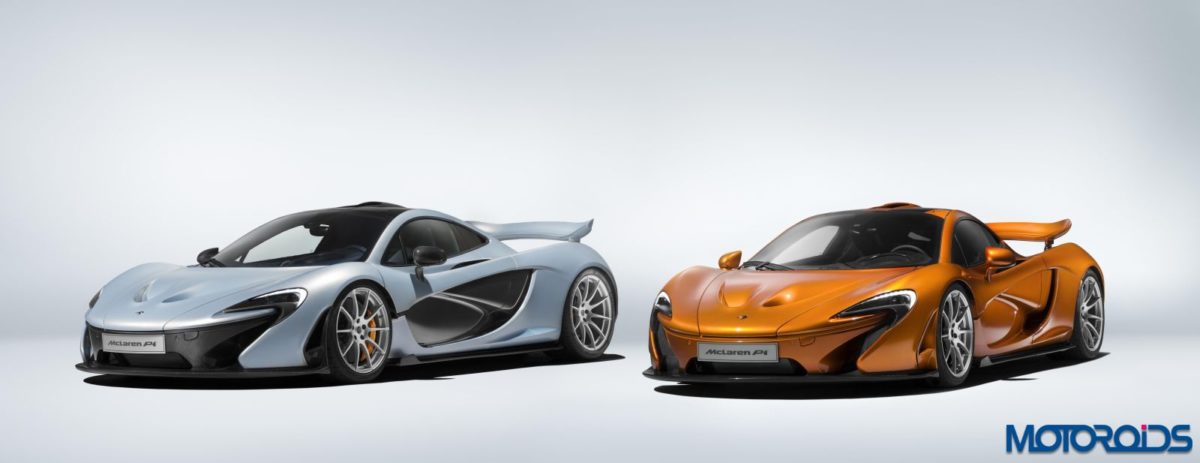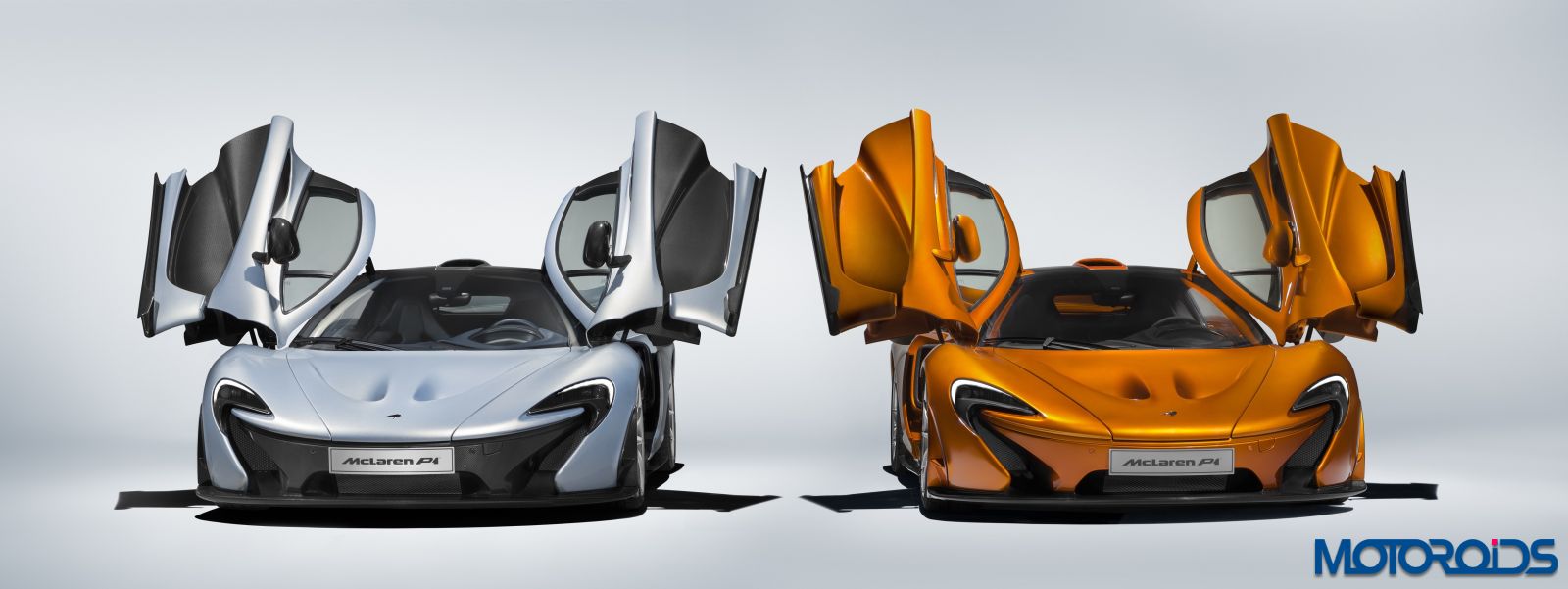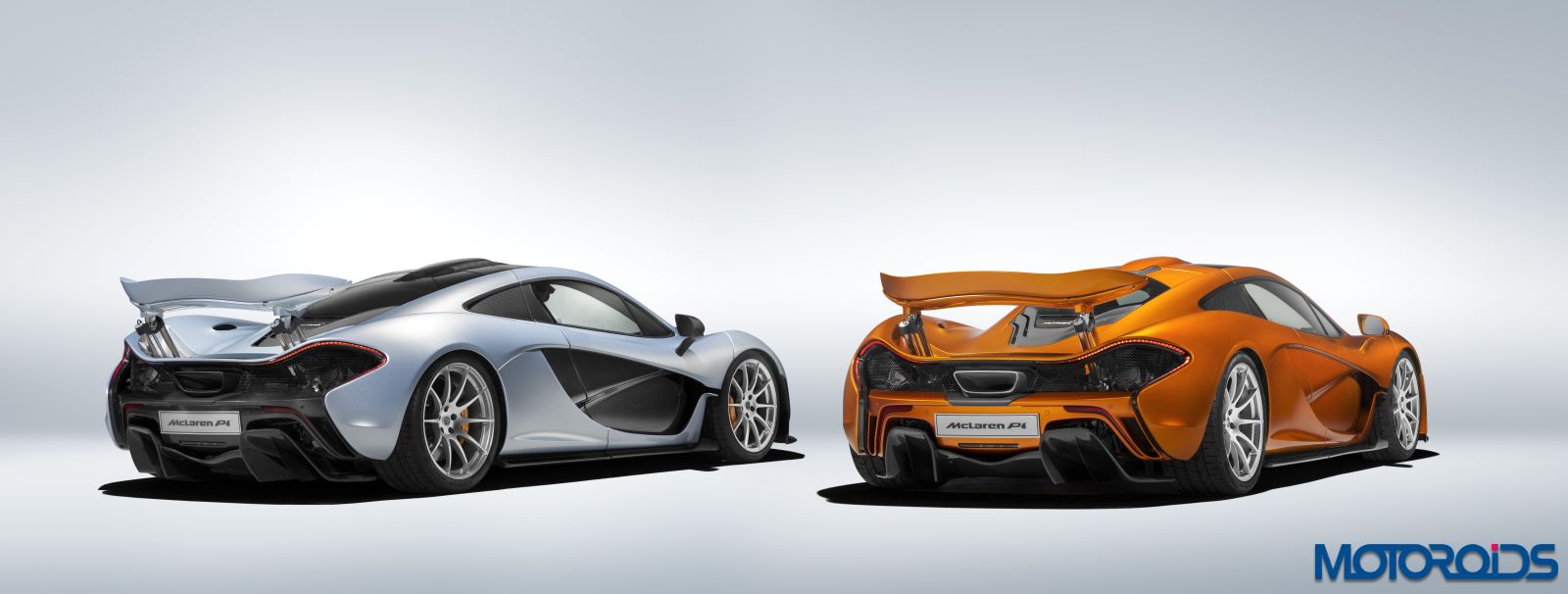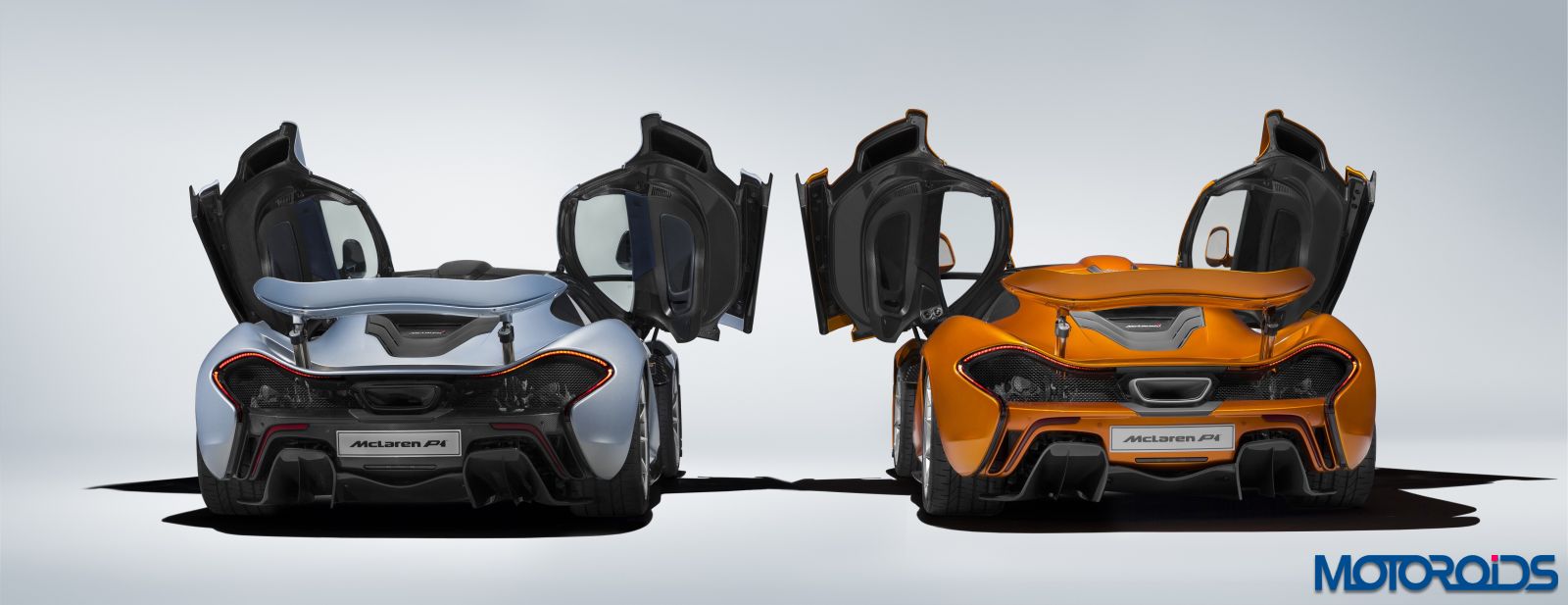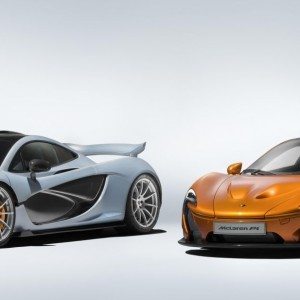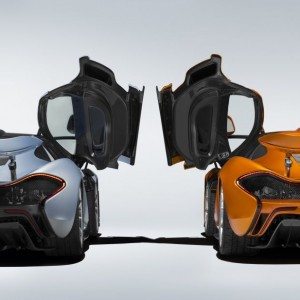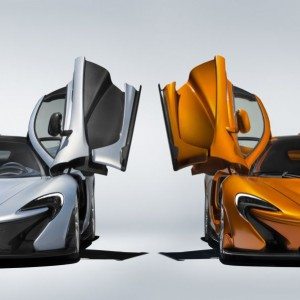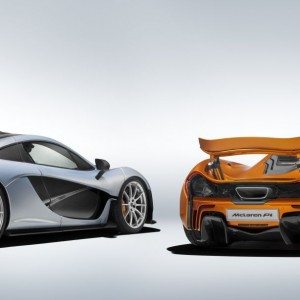A happy ending is what people wish for but this end is one that you wouldn’t look forward to. McLaren Automotive pulled down the curtains on the P1 after the final car rolled off the production line. The 375th model was the last of the lot to roll down the line and was painted in a shade of pearlescent orange. Images feature the 1st P1 model painted in a shade of Ice Silver and heavy amounts of carbon fiber sitting next to the final model.
Debuted as a design study at the 2012 Paris Motor show, the P1 caught a lot of attention that saw the production starting in September 2013 during the 50th anniversary celebrations of McLaren. Successor to the F1, Mclaren saw all the P1 models being sold out before the first model was even delivered. Each model took an average of 17 days to complete. Every car is customized based on the owner’s specifications and hence no two models are the same.
Features on the final example of McLaren P1 include a raw carbon fiber finish on the splitter, diffuser and the side blades while the wheels are finished in a shade of silver. Gloss black detailing were given to the air vents, switchgear and the instrument bezels while the upholstering as well as the stitching on the steering wheel featured a colour combination of orange and black.
Coming to the power train, the McLaren P1 is powered by a 3.8-litre twin-turbo V8 engine aided by an electric motor. They together produce peak power of 903 hp and a maximum torque of 900 Nm. 2.8 seconds is what the P1 takes to go from 0-100 km/ph while the top speed is limited to 350 km/ph.
What about the future you ask? Mike Flewitt, CEO, McLaren Automotive said, “The McLaren P1 has already established itself as an icon and any car that is to continue the lineage of the Ultimate Series will need to be a worthy successor – a significant step change in technology or performance is required to ensure this is the case. The future is undecided at this stage, which is an exciting proposition.”

